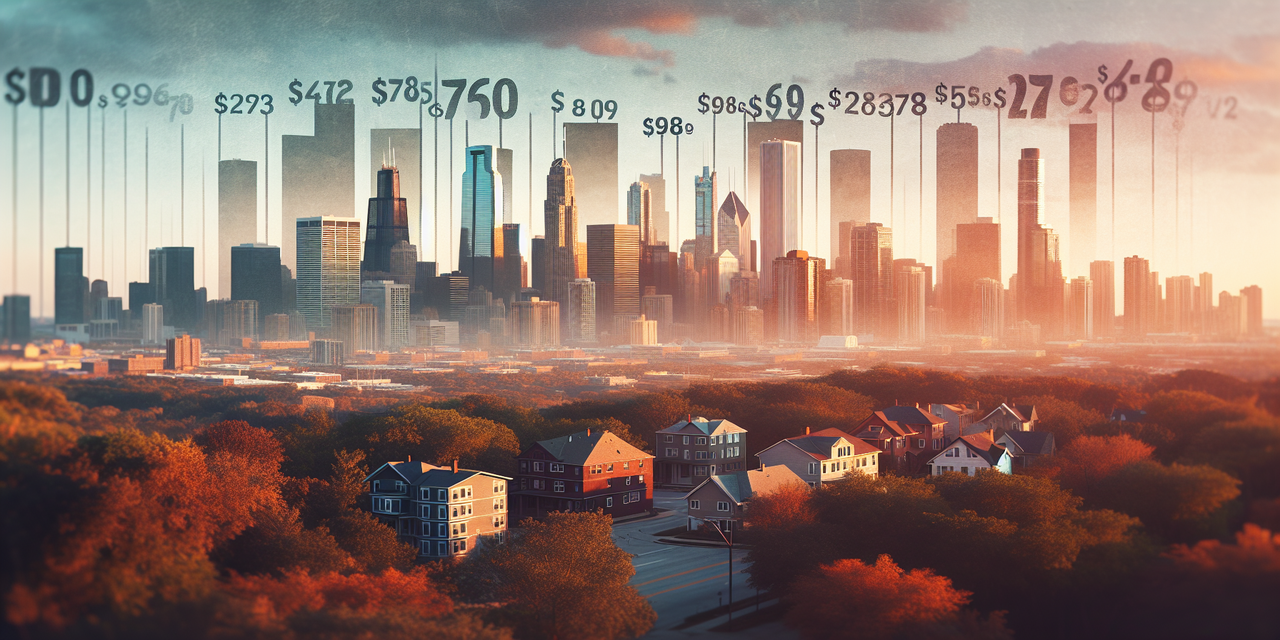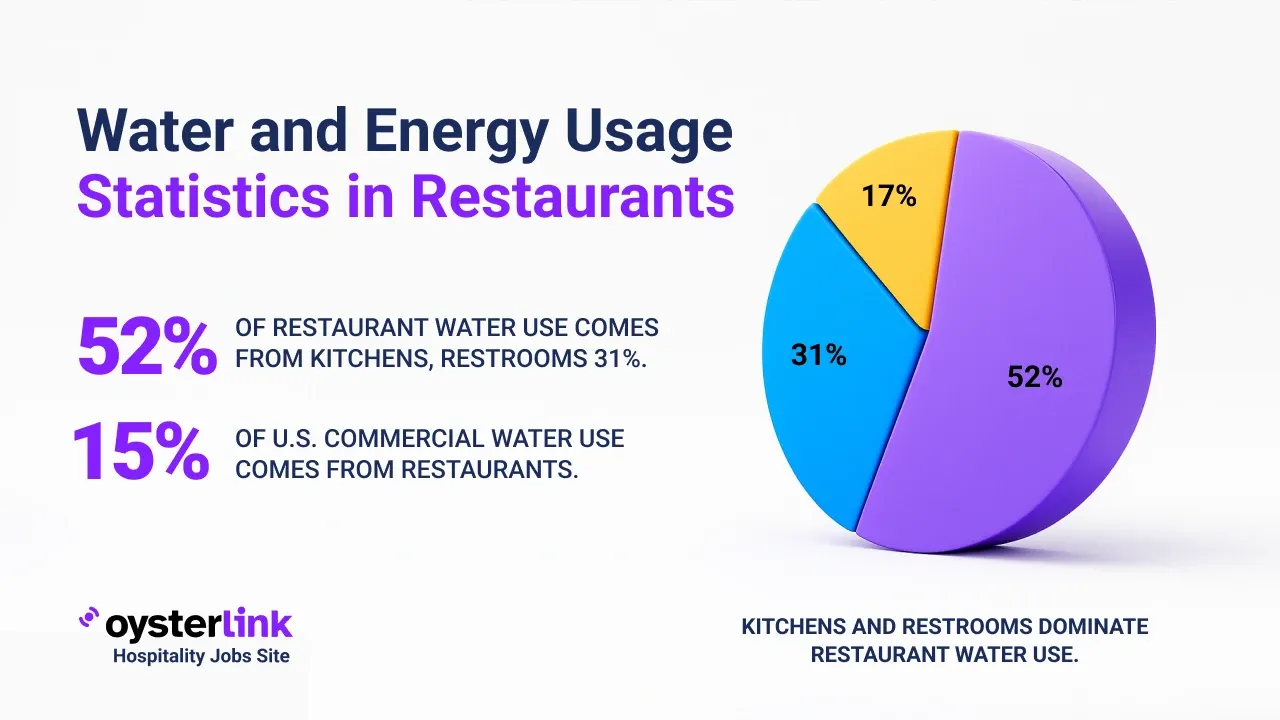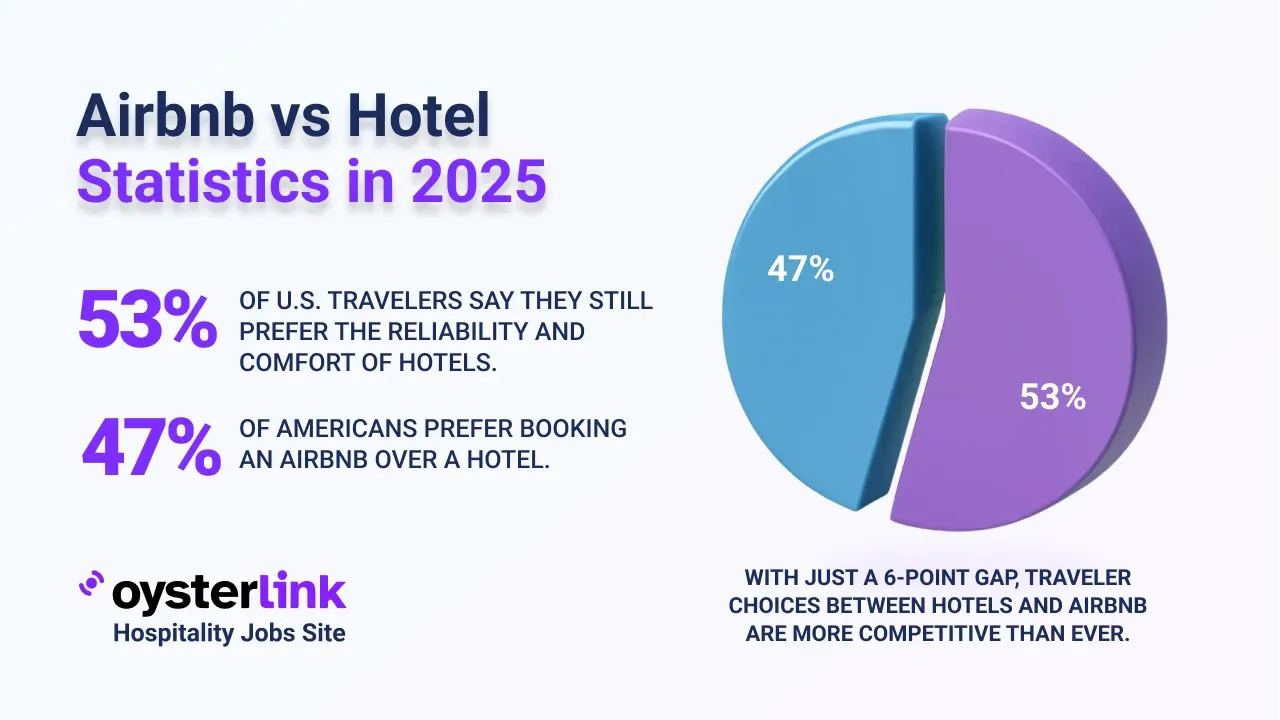Illinois Cost of Living: Quick Takeaways
- Housing Costs: The average rent for a one-bedroom apartment in Illinois is expected to reach $1,250 in 2025.
- Transportation Expenses: Public transit costs around $2.50 per ride and $100 for a monthly pass, with fuel prices near $3.80 per gallon.
- Healthcare Costs: Monthly employer-sponsored health insurance averages $150, while Silver plan premiums are about $500.
- Income Levels: Median household income in Illinois for 2025 is projected at $72,000.
Illinois offers diverse living environments with varied expenses across its cities. Understanding these costs is essential for residents and newcomers alike.
For hospitality employers operating in Illinois, understanding real estate market trends is vital for planning business locations and costs effectively.
This article presents a detailed breakdown of the cost of living in Illinois, covering key categories such as housing, transportation, utilities, and more for 2025.
1. Housing Costs in Illinois
Housing expenses are one of the largest components of living costs. Below is the historical trend for average rent prices for a one-bedroom apartment in Illinois:
- 2010: Approximately $800
- 2015: Around $950
- 2020: Approximately $1,100
- 2024: Reached $1,200
- 2025: Projected to be $1,250
These figures show a consistent increase in rents, indicating a growing demand and potential housing market pressures within the state.
Restaurant owners and hospitality managers should consider these rising housing costs when planning employee compensation, as it impacts staff retention and recruitment. Strategies to reduce employee turnover are especially relevant now.
2. Homeownership and Real Estate Trends in Illinois
For individuals interested in purchasing property, Illinois has seen gradual appreciation in median home prices, as highlighted below:
- 2010: Median home price was around $180,000
- 2015: Increased to approximately $200,000
- 2020: Around $220,000
- 2024: Reached $250,000
- 2025: Projected at $260,000
This steady increase reflects overall market health and investment potential, but also factors into affordability considerations for potential buyers.
3. Transportation Expenses in Illinois
Transportation costs encompass various modes and services available in Illinois:
- Public Transit: The average one-way fare is around $2.50, with monthly passes costing approximately $100.
- Fuel Prices: Gasoline prices are estimated at $3.80 per gallon in 2025.
- Vehicle Maintenance: Annual upkeep costs average around $1,200.
Commuters and vehicle owners should factor these expenses into their monthly budgets, which can vary based on individual travel patterns.
Hospitality employers are advised to monitor transportation costs closely as they affect staff punctuality and turnover. Effective recruitment can be supported by offering transportation benefits. Learn more about successful restaurant staff hiring strategies to attract reliable employees.
4. Utility Costs in Illinois
Typical monthly utility bills for a standard household in Illinois include:
- Electricity: About $100 per month
- Internet Services: Approximately $60 monthly
- Total Utility Expenses: Around $160 monthly
Utility costs fluctuate with usage and provider rates but contribute significantly to the overall living expenses.
5. Grocery and Food Expenses in Illinois
Groceries and dining out account for varied costs:
The average monthly grocery bill per person is estimated at $300. Casual dining meals cost around $15, while mid-range restaurant meals typically run about $50.
Understanding food expenses is crucial for kitchen management budgeting and menu pricing. Explore our restaurant management styles for optimizing operational costs efficiently.
6. Healthcare Costs in Illinois
Healthcare expenses include insurance premiums and out-of-pocket costs:
Monthly employer-sponsored health insurance premiums average roughly $150, while Silver plan monthly premiums stand at about $500.
7. Educational Expenses in Illinois
Education costs vary across different institutions and options:
- Public Schools: Funded through taxes with no direct tuition fees.
- Private Schools: Average tuition is around $10,000 annually.
- In-State University Tuition: Estimated at approximately $13,000 per year.
These expenses are important to consider for families and students planning for school-related costs.
8. Entertainment and Leisure in Illinois
Recreational activities contribute to lifestyle expenses:
- Movie Tickets: Cost about $12 each.
- Gym Memberships: Average monthly fee is $40.
- Mid-Range Restaurant Meals: Typically around $50 per meal.
Annual expenditures include approximately $2,000 on entertainment and $600 on personal care services.
9. Taxes and Miscellaneous Fees in Illinois
Illinois has a distinct tax structure impacting residents:
- State Income Tax Rate: Flat rate of approximately 4.95%.
- Sales Tax: General rate totals about 6.25%.
- Property Tax Rate: Around 2.16% of property value.
These taxes influence cost of living and budgeting considerations for Illinois residents.
10. Childcare and Family Expenses in Illinois
Family-related costs are significant for budgeting households with children:
- Daycare Costs: Average $1,000 monthly.
- After-School Programs: Approximately $500 per month.
- Extracurricular Activities: Estimated $200 monthly.
Planning for these expenses helps families manage their overall financial commitments.
11. Clothing and Personal Care in Illinois
Personal expenses also contribute to living costs:
- Clothing: Monthly spending is about $100.
- Personal Care Products and Services: Approximately $50 per month.
These figures can vary depending on individual preferences and lifestyle choices.
12. Insurance Costs in Illinois
Insurance coverage is an important part of financial planning:
- Health Insurance: Average monthly premium for Silver plans is around $500.
- Auto Insurance: Annual premiums roughly $1,200.
- Homeowners Insurance: Avg. annual cost about $1,500; renters insurance averages $200 annually.
These expenses are essential for risk management and legal compliance.
13. Miscellaneous Expenses in Illinois
Additional costs enhance quality of life and comfort:
- Entertainment: Approximately $2,000 annually.
- Personal Care Services: Estimated $600 yearly.
- Miscellaneous Goods and Services: Around $500 annually.
These figures vary widely based on individual spending habits.
14. Income and Salaries in Illinois
Income trends show growth over the years, reflecting economic development:
- 2010: Median household income about $55,000.
- 2015: Increased to roughly $60,000.
- 2020: Approximately $65,000.
- 2023: Around $70,000.
- 2025: Projected at $72,000.
This growth supports increasing cost of living expenses and lifestyle improvements.
For those exploring hospitality careers in Illinois, knowing the bartender salary or restaurant manager salary helps understand income potential relative to living costs.
15. Comparison with National Averages
Illinois' cost of living compares as follows to the national average:
- Overall Cost of Living: On par with the national average.
- Housing: Approximately 5% lower than national average.
- Utilities: About 5% higher.
- Food: Comparable to national average.
- Healthcare: Similar to national figures.
- Transportation: Around 5% higher than average.
- Goods and Services: On par with national average.
These comparisons help identify areas where Illinois stands out or aligns with national trends.
Employers looking to hire in Illinois can benefit from understanding these comparisons when creating competitive job postings. For instance, tips on posting jobs with salary tips can improve candidate attraction.
Our Methodology for Illinois Cost of Living Figures
We compile data from trusted sources like government reports, statistical databases, housing market analysis, and consumer surveys. When exact figures are unavailable, we use educated estimates to provide a comprehensive and updated view of living expenses in Illinois.
Illinois Cost of Living: Conclusion
The cost of living in Illinois for 2025 reflects steady increases in housing and transportation costs, balanced by moderate utility and healthcare expenses.
With median incomes rising alongside inflation, residents face a cost environment similar to national averages, though with lower housing costs and slightly higher transportation and utility prices.
Understanding these factors can aid both current and prospective residents in making informed financial decisions about living in Illinois.
Hospitality businesses operating in Illinois can further benefit by applying hiring best practices from our reliable kitchen staff hiring guide and learn how to hire a restaurant manager effectively to optimize operation costs and service quality.

.webp)
.webp)

